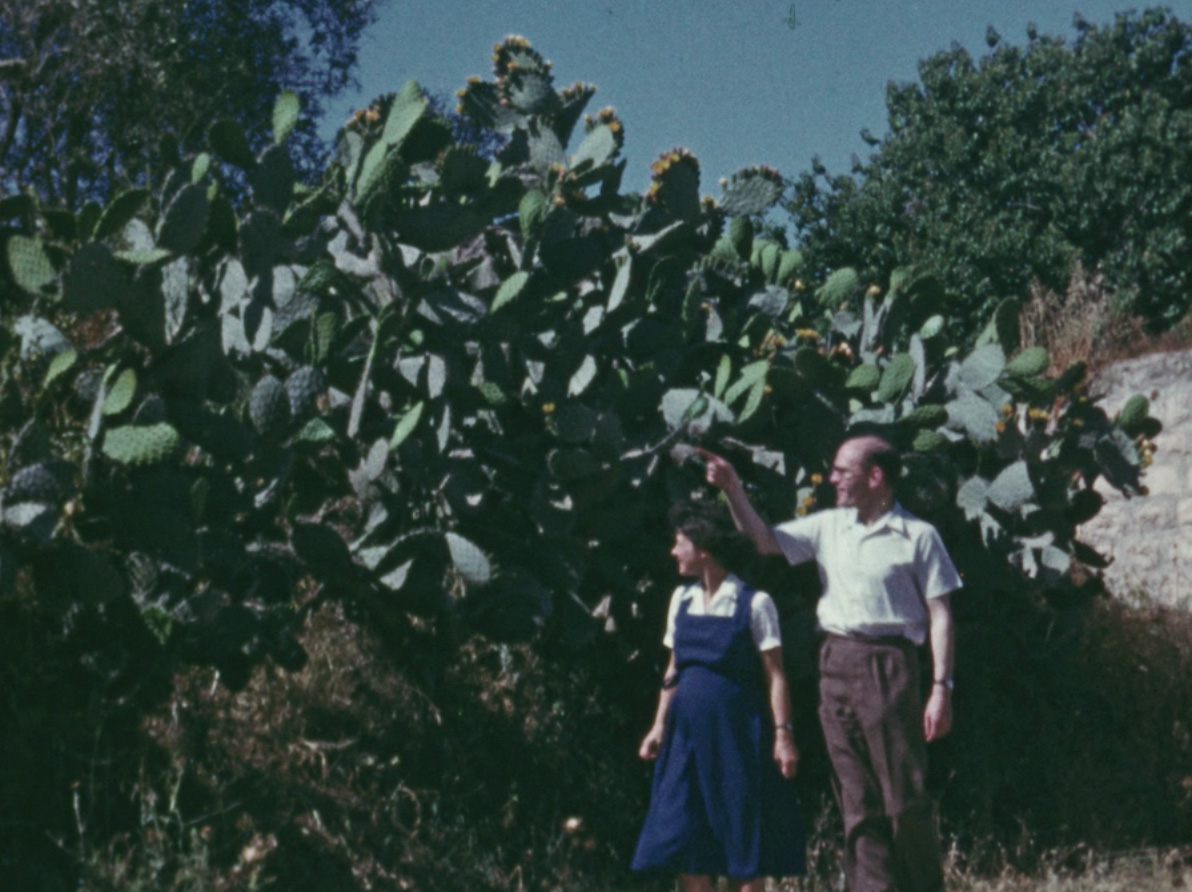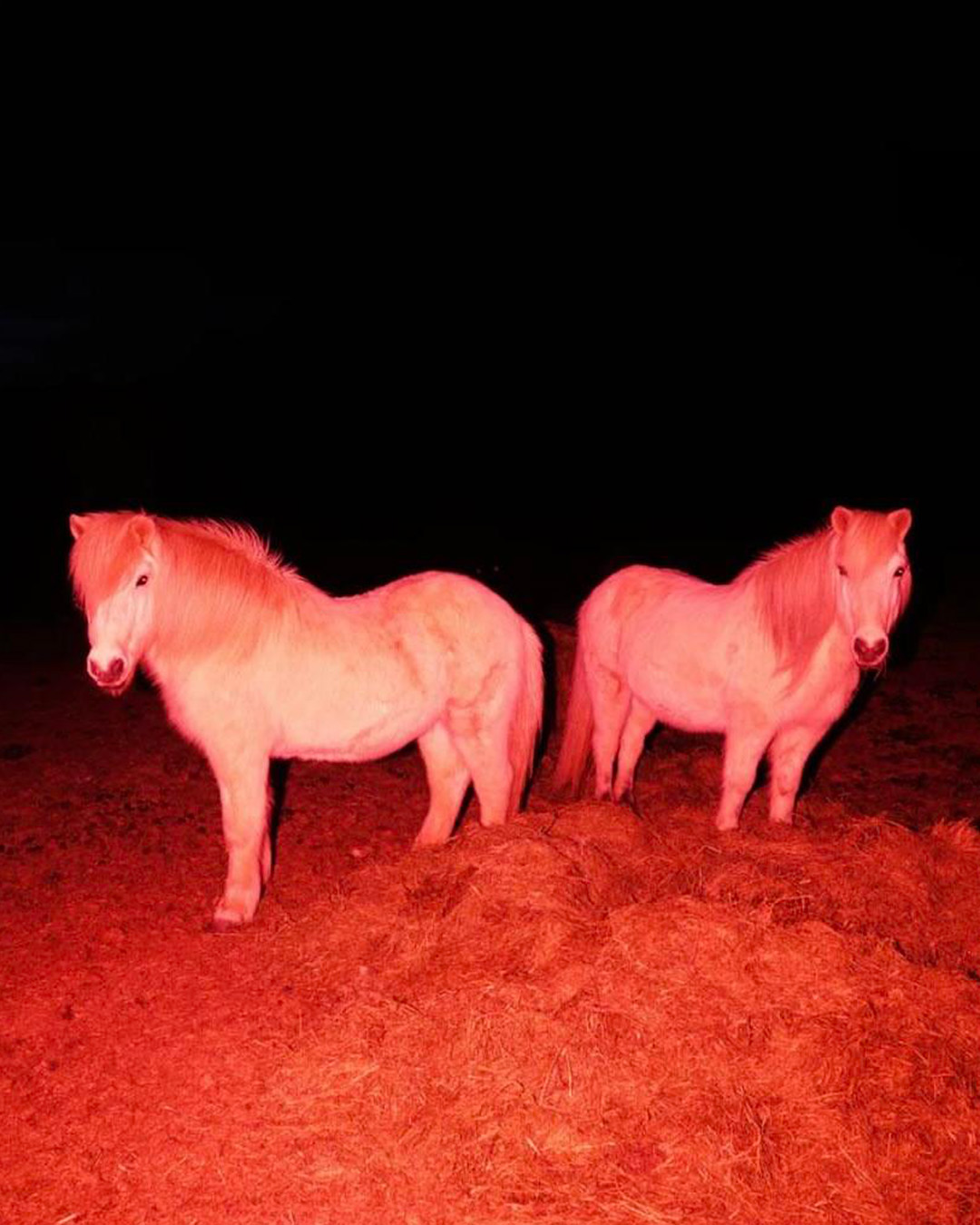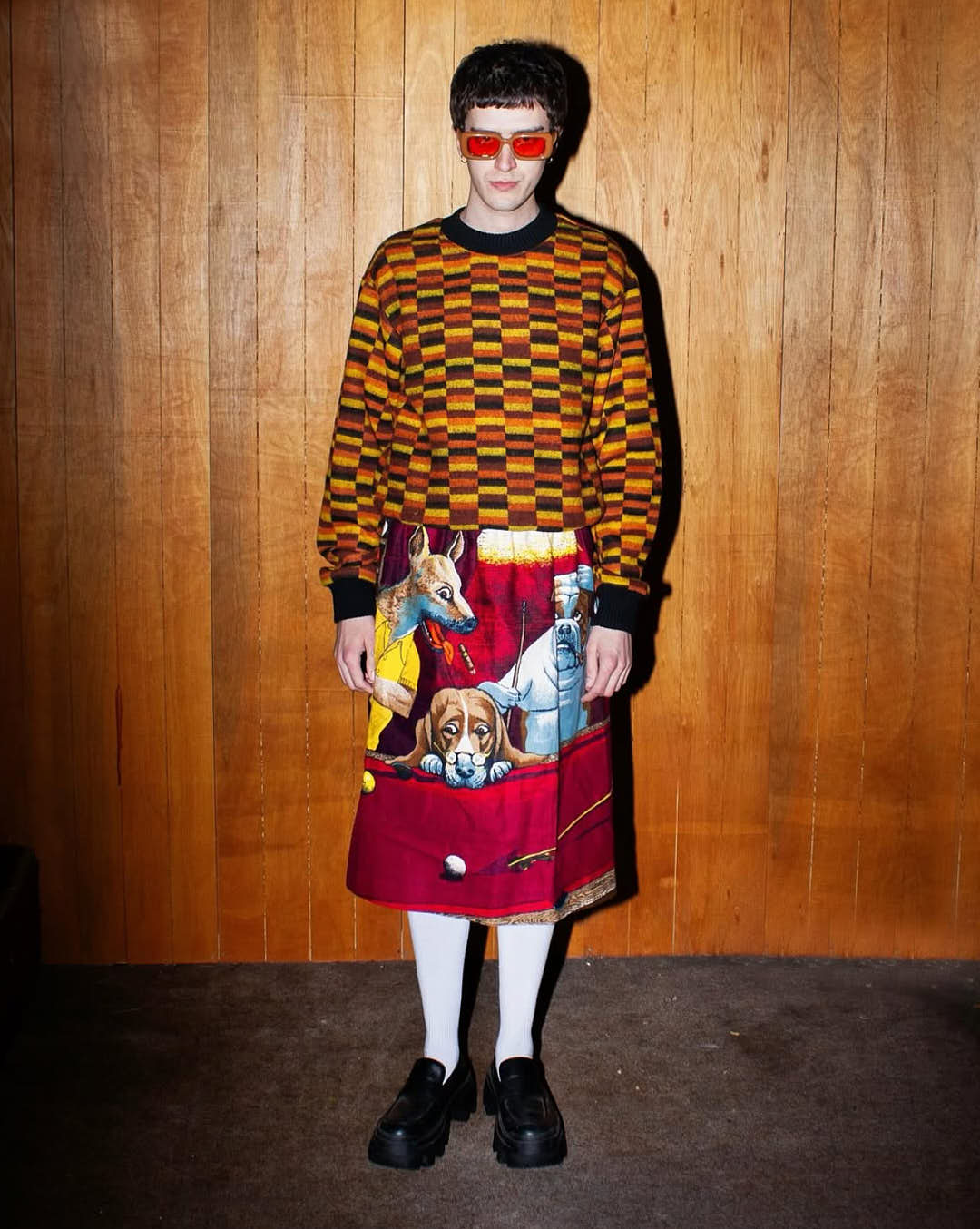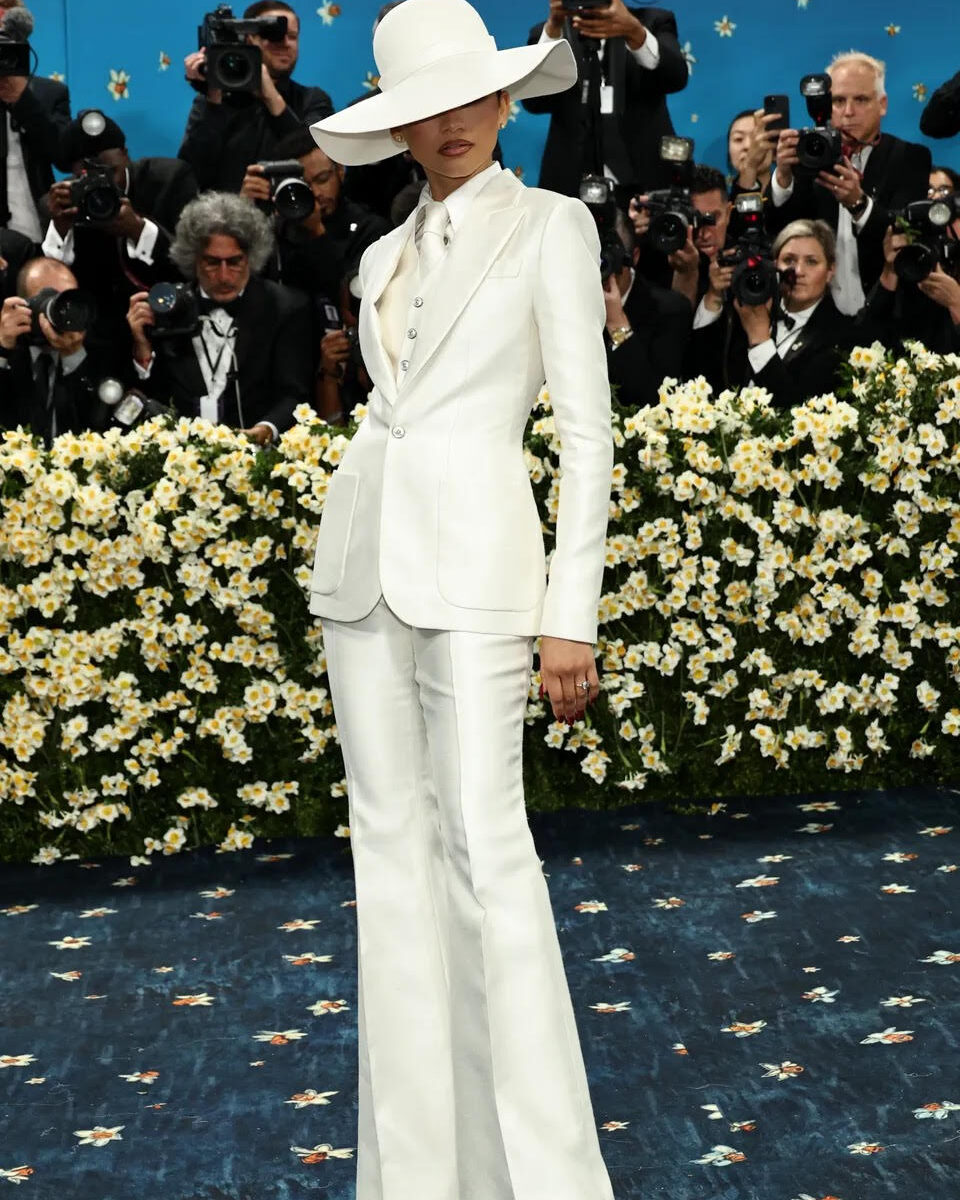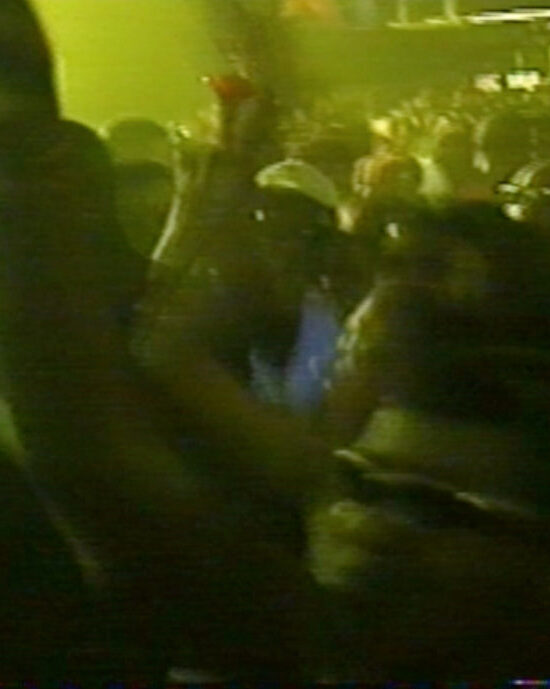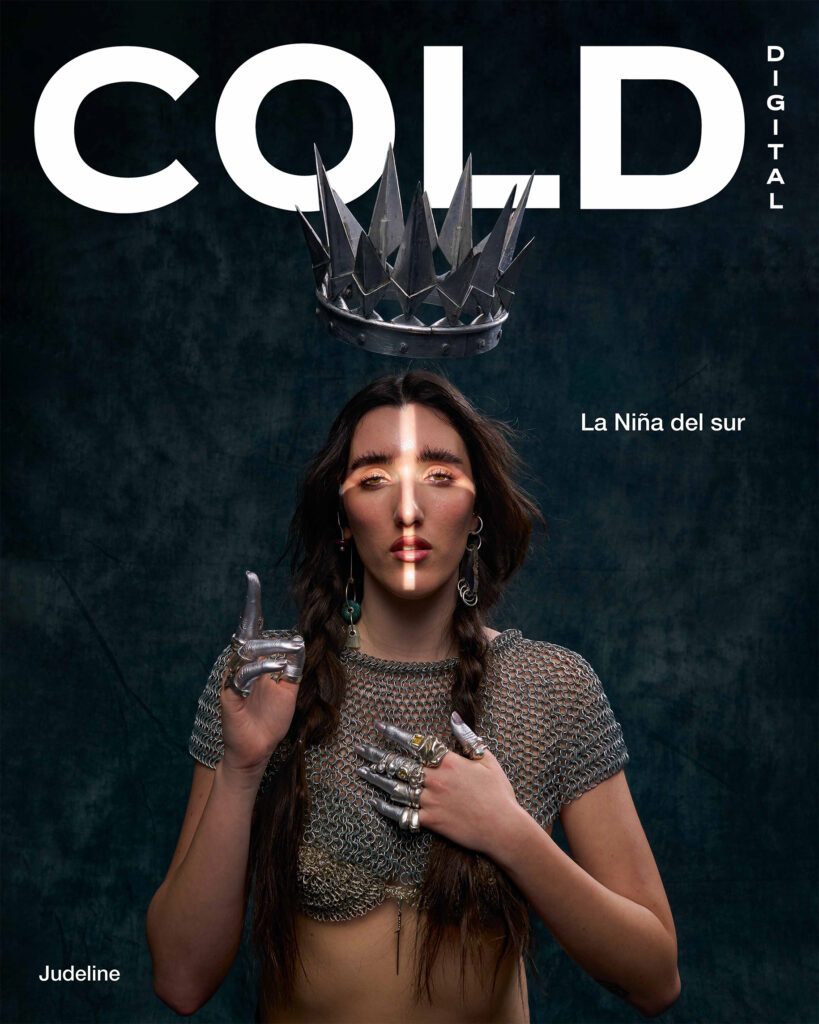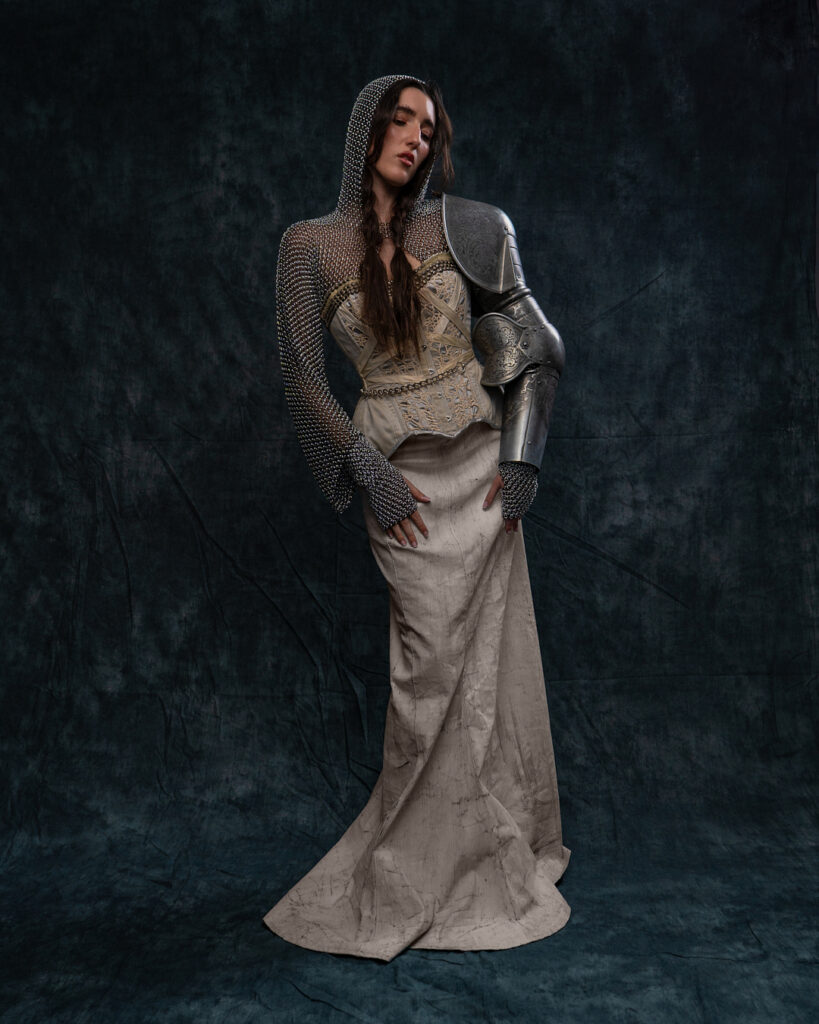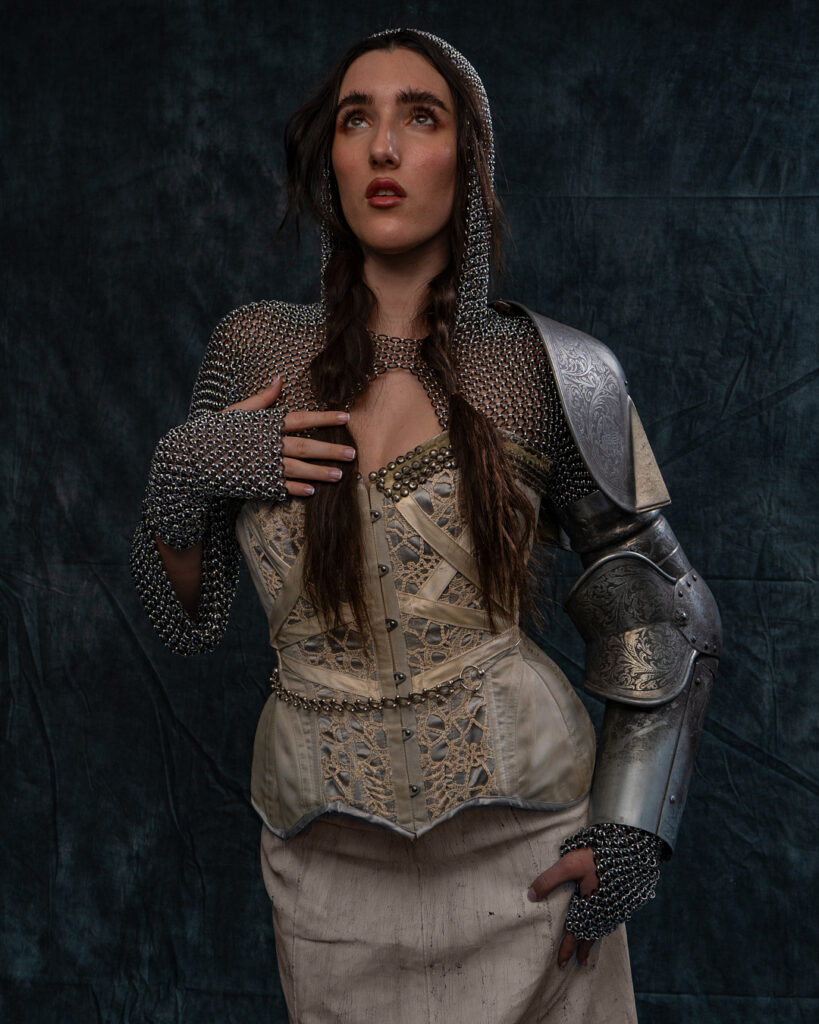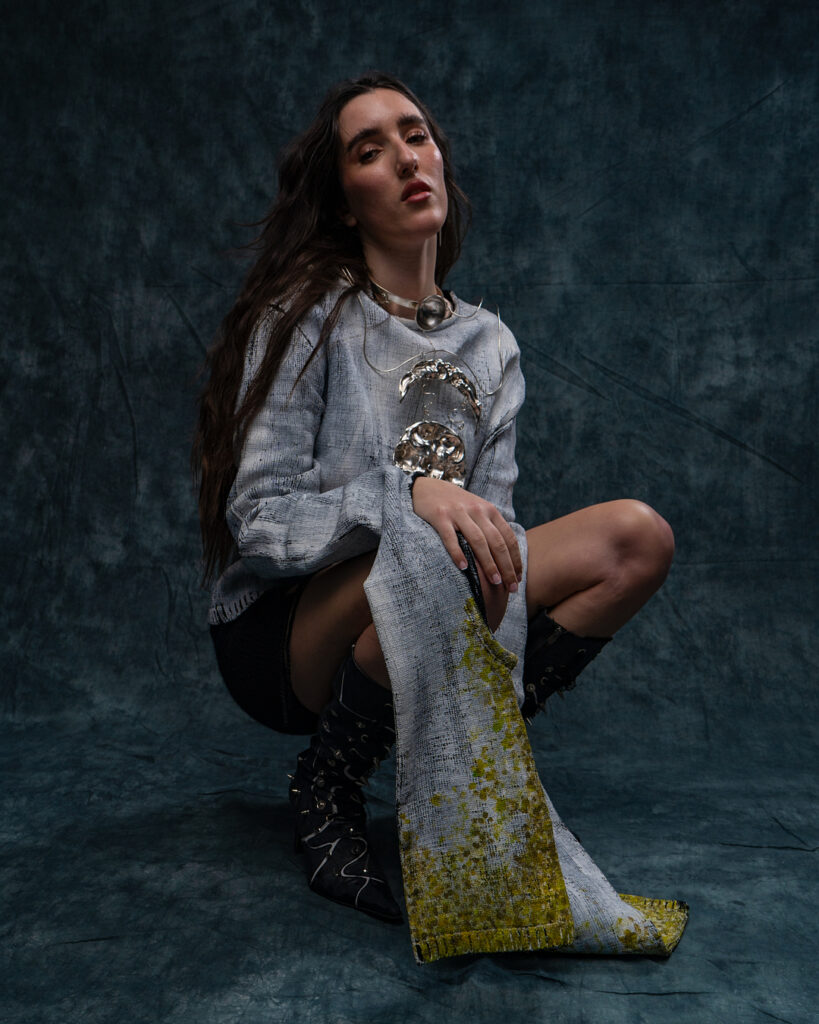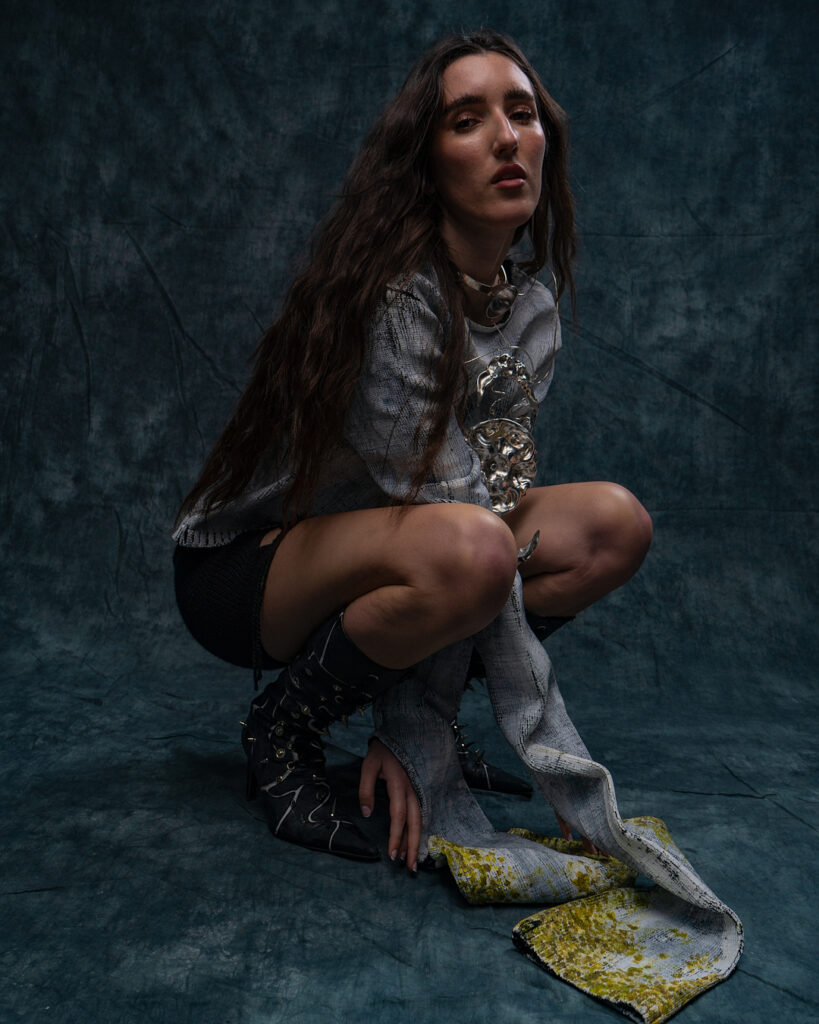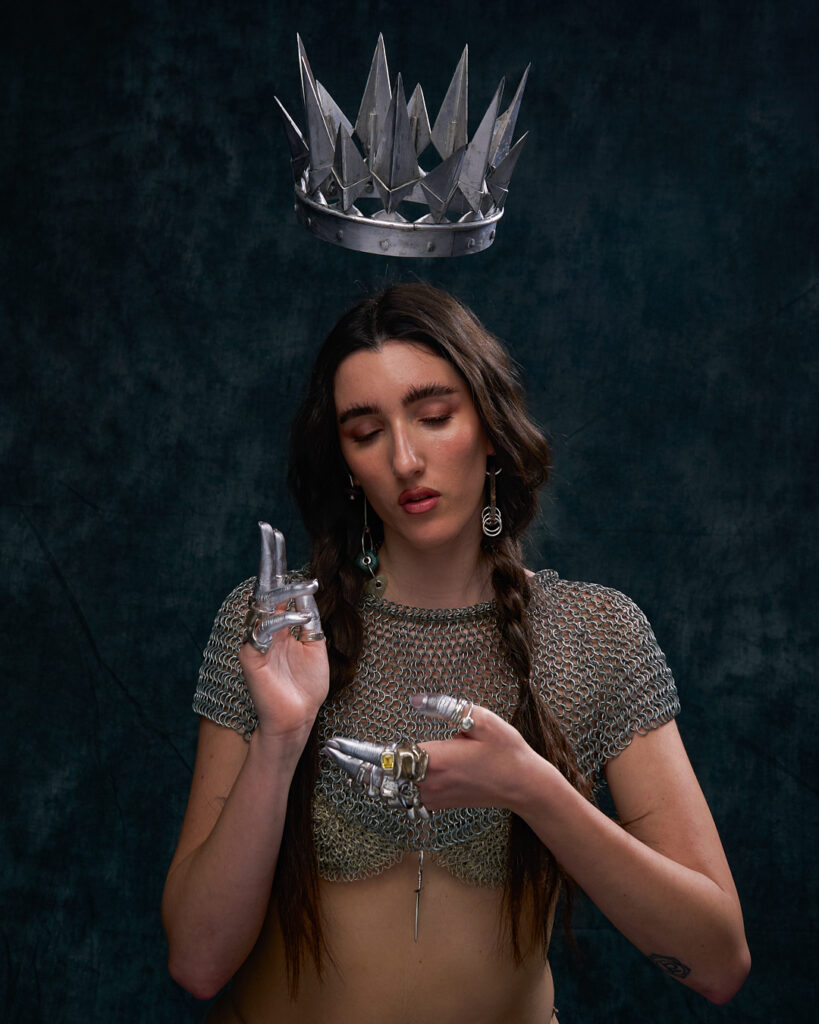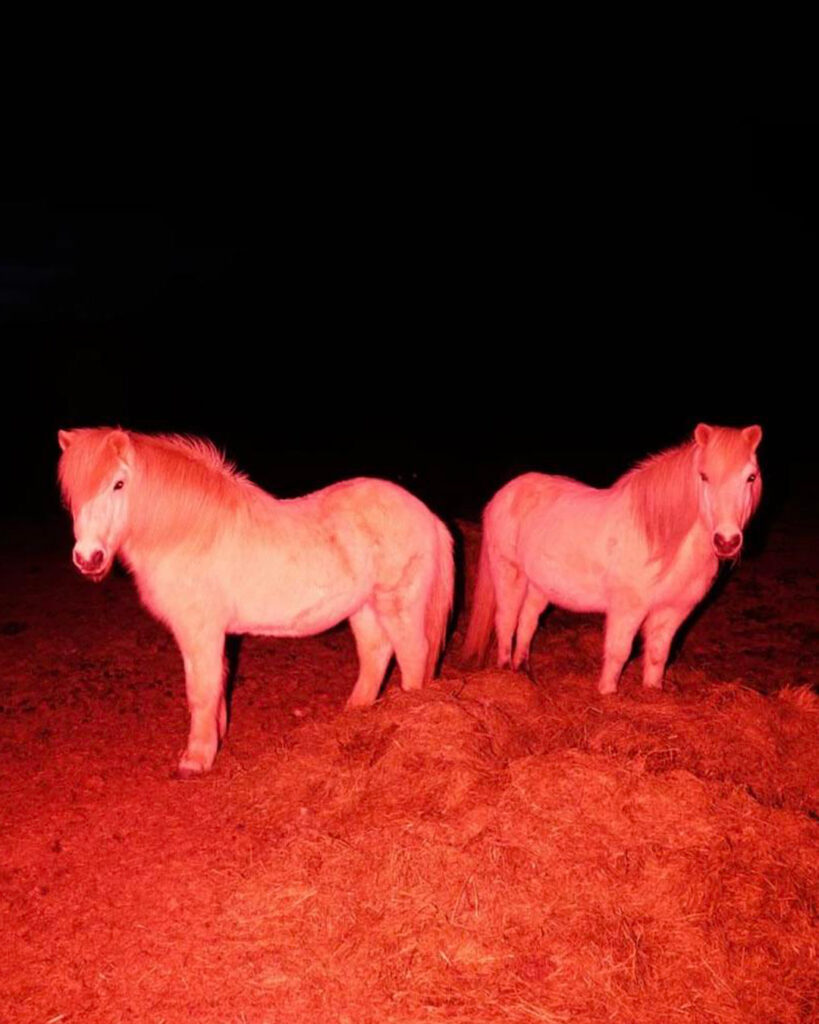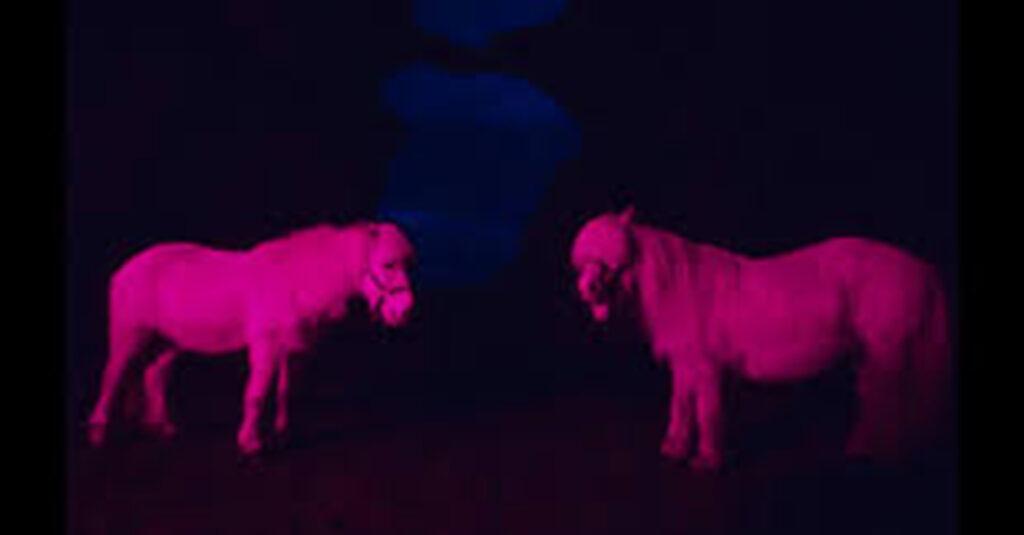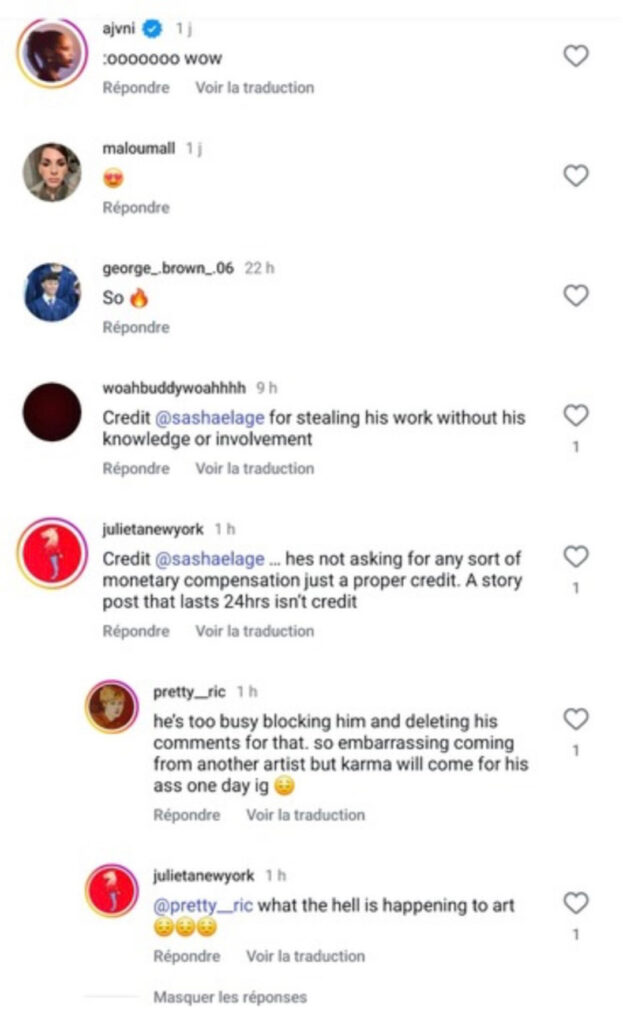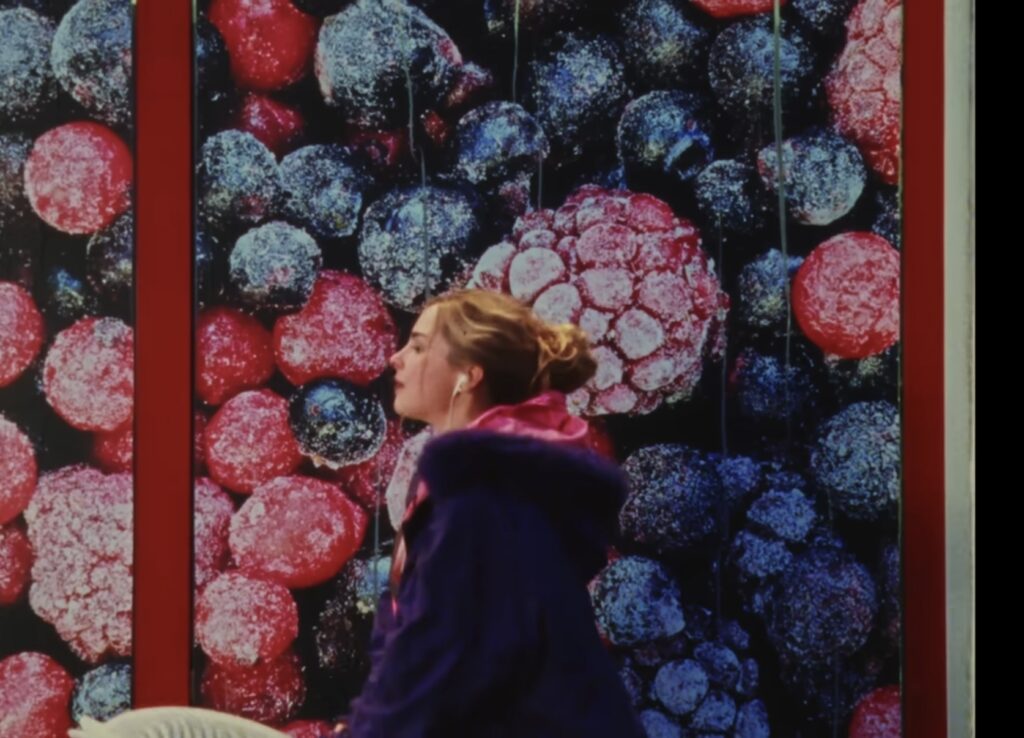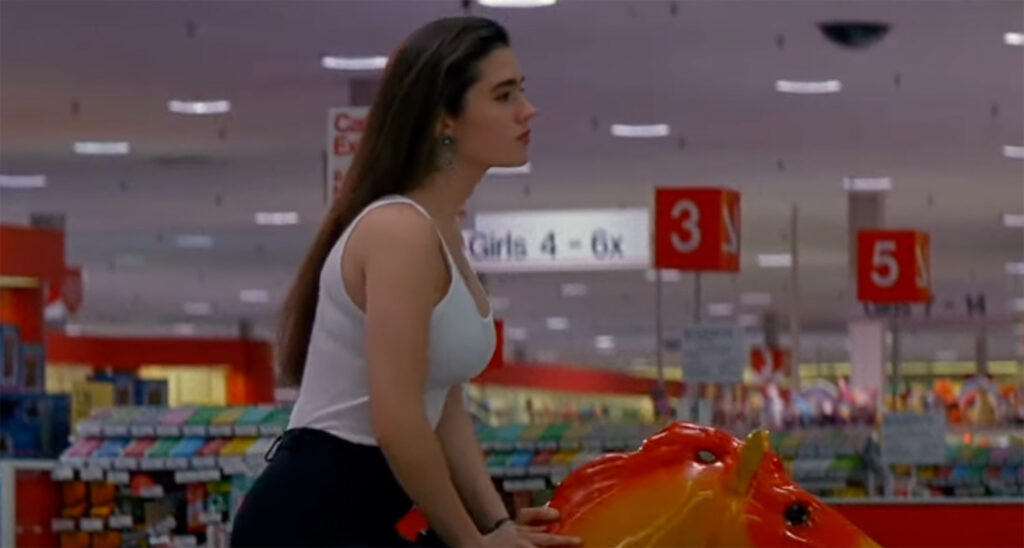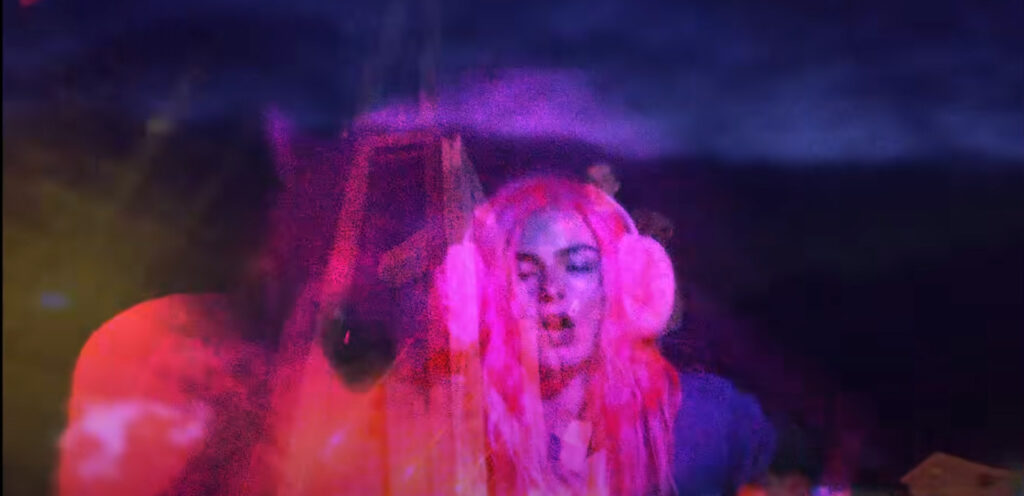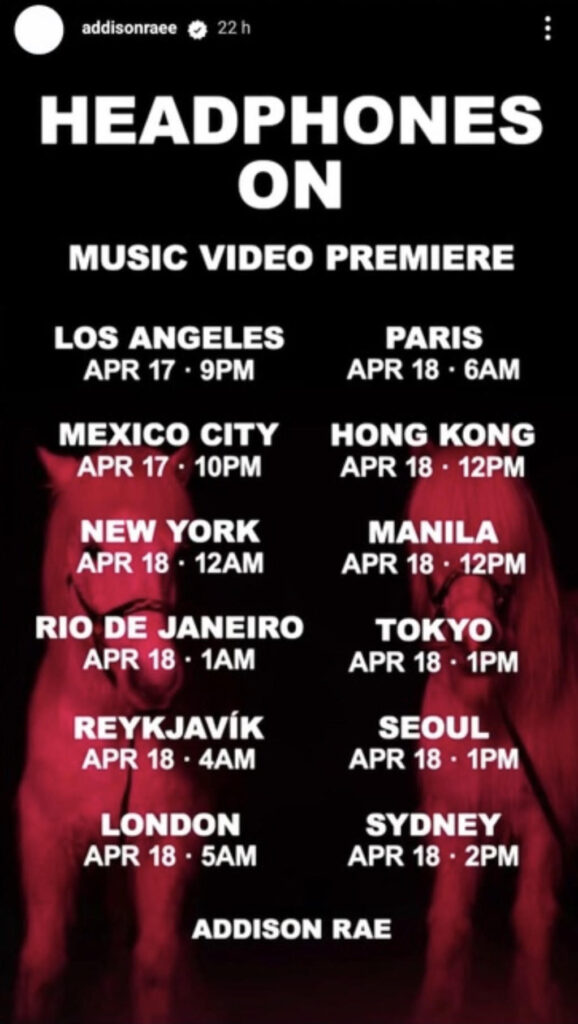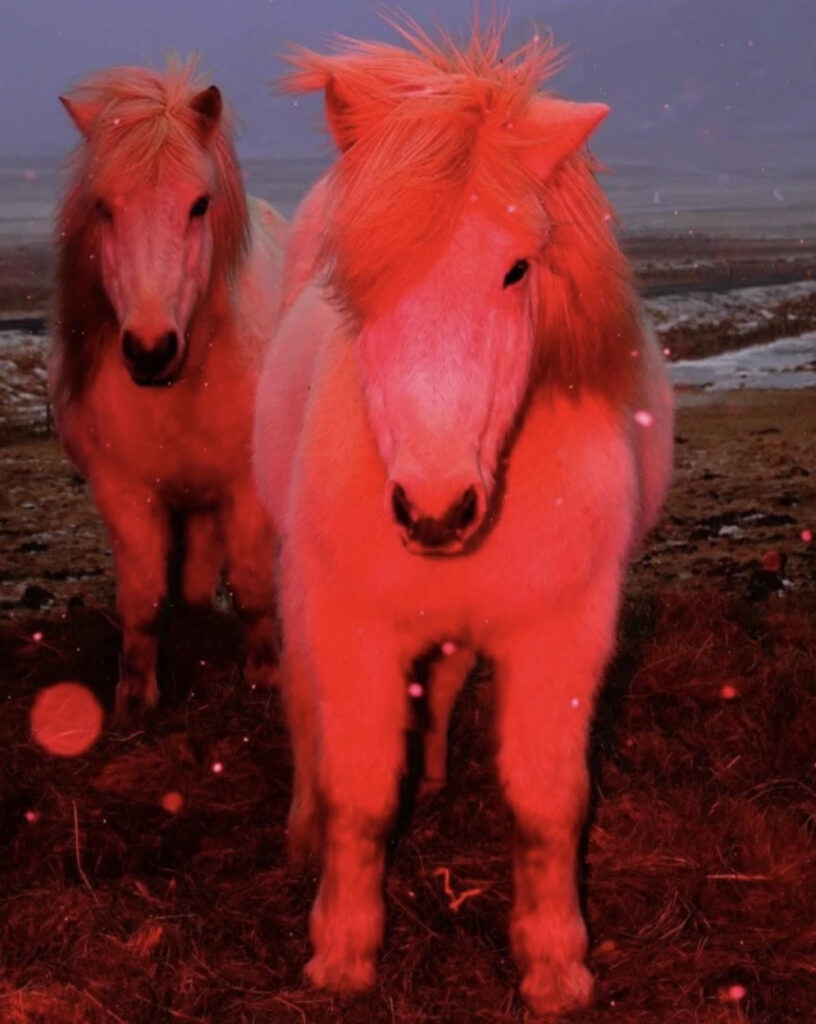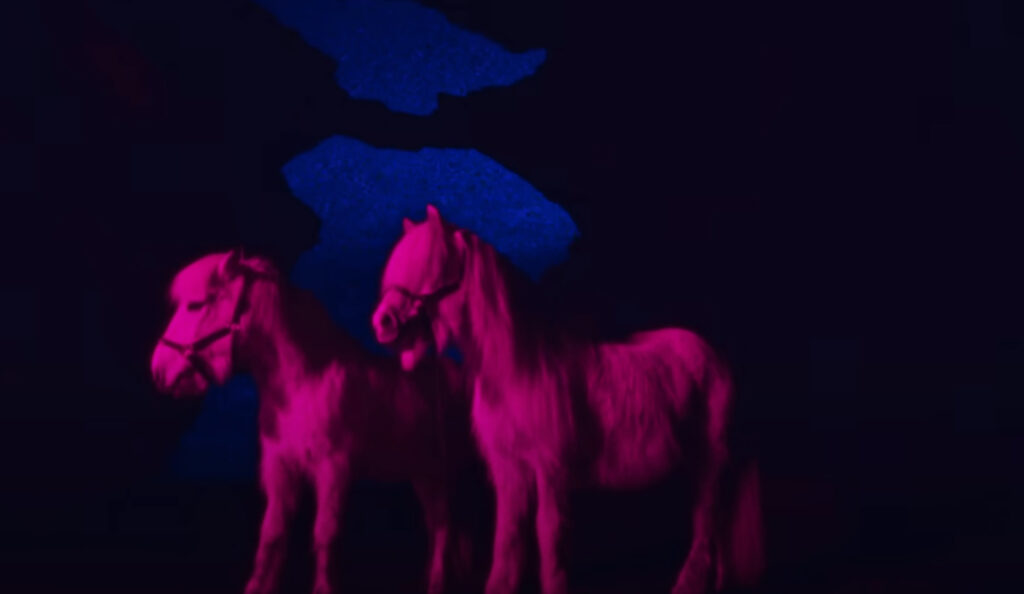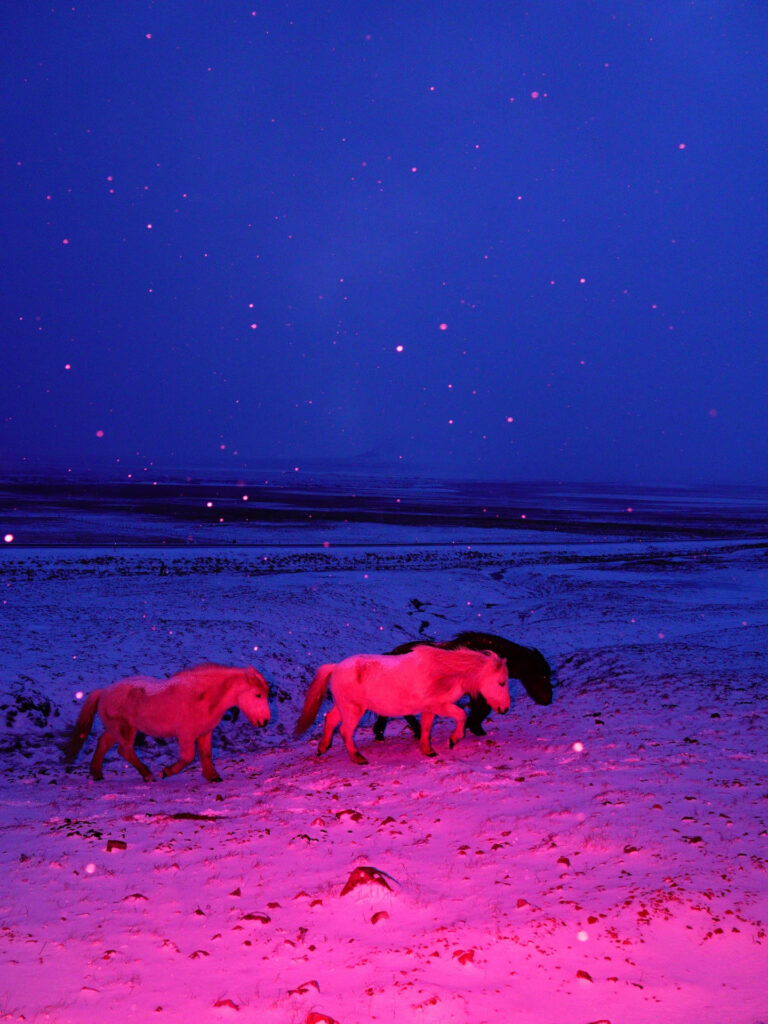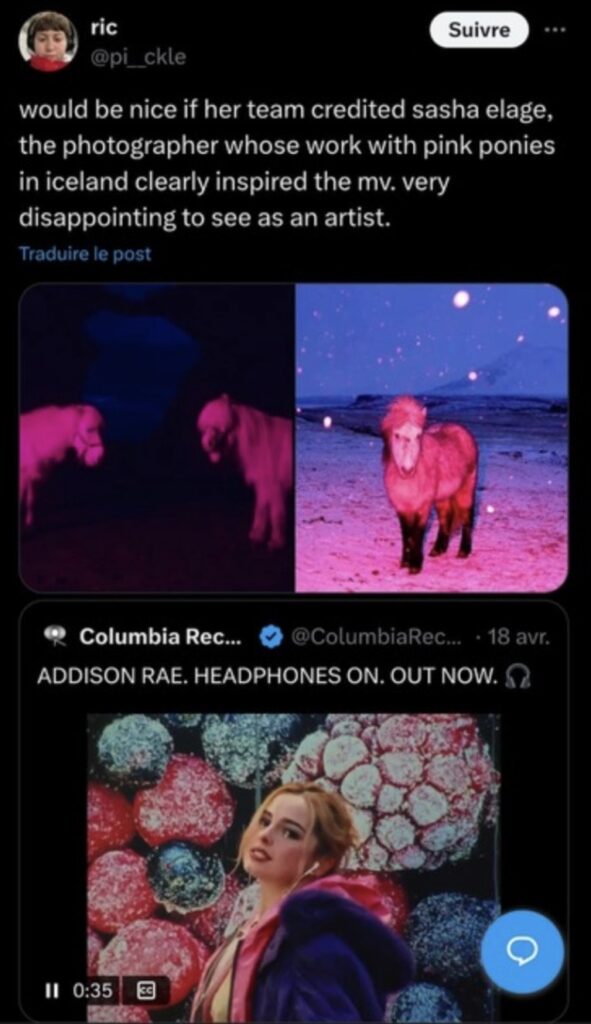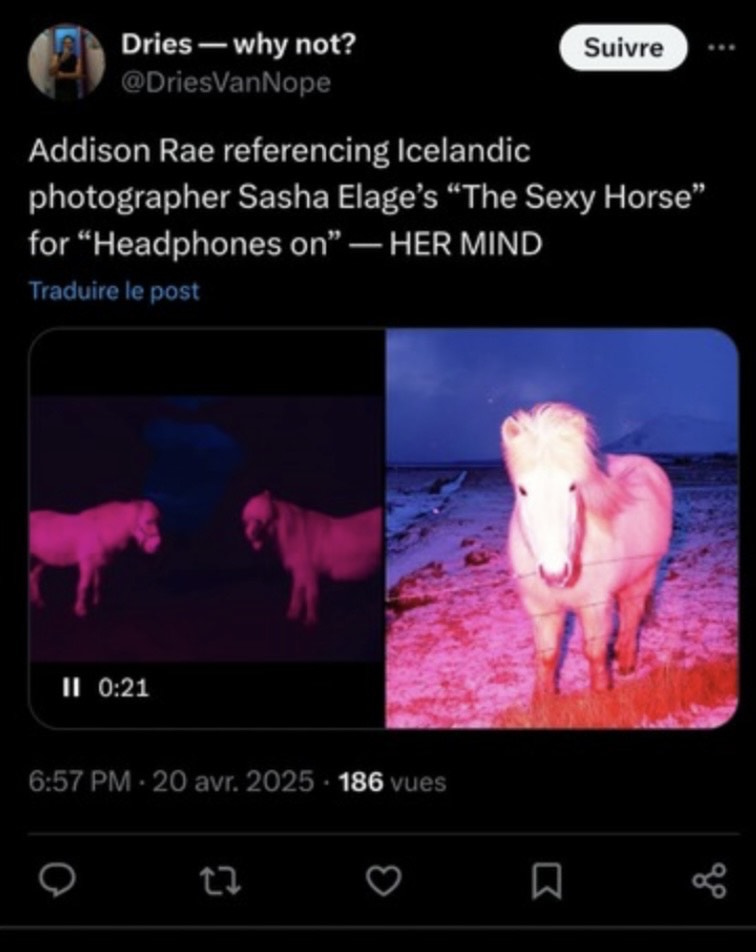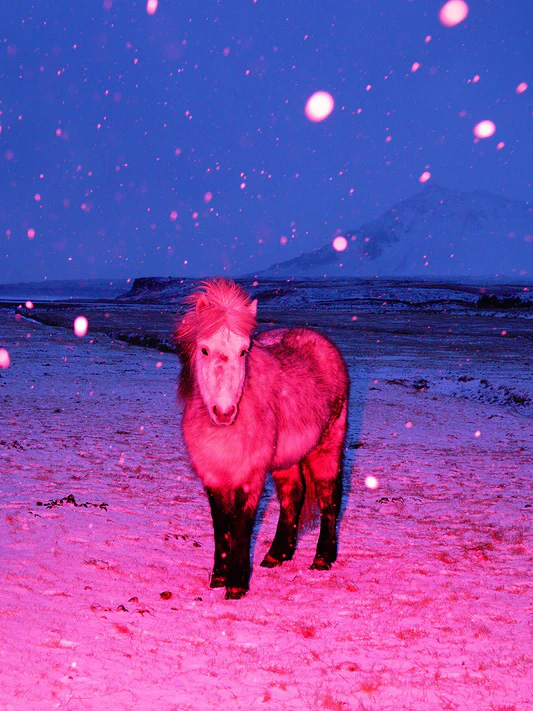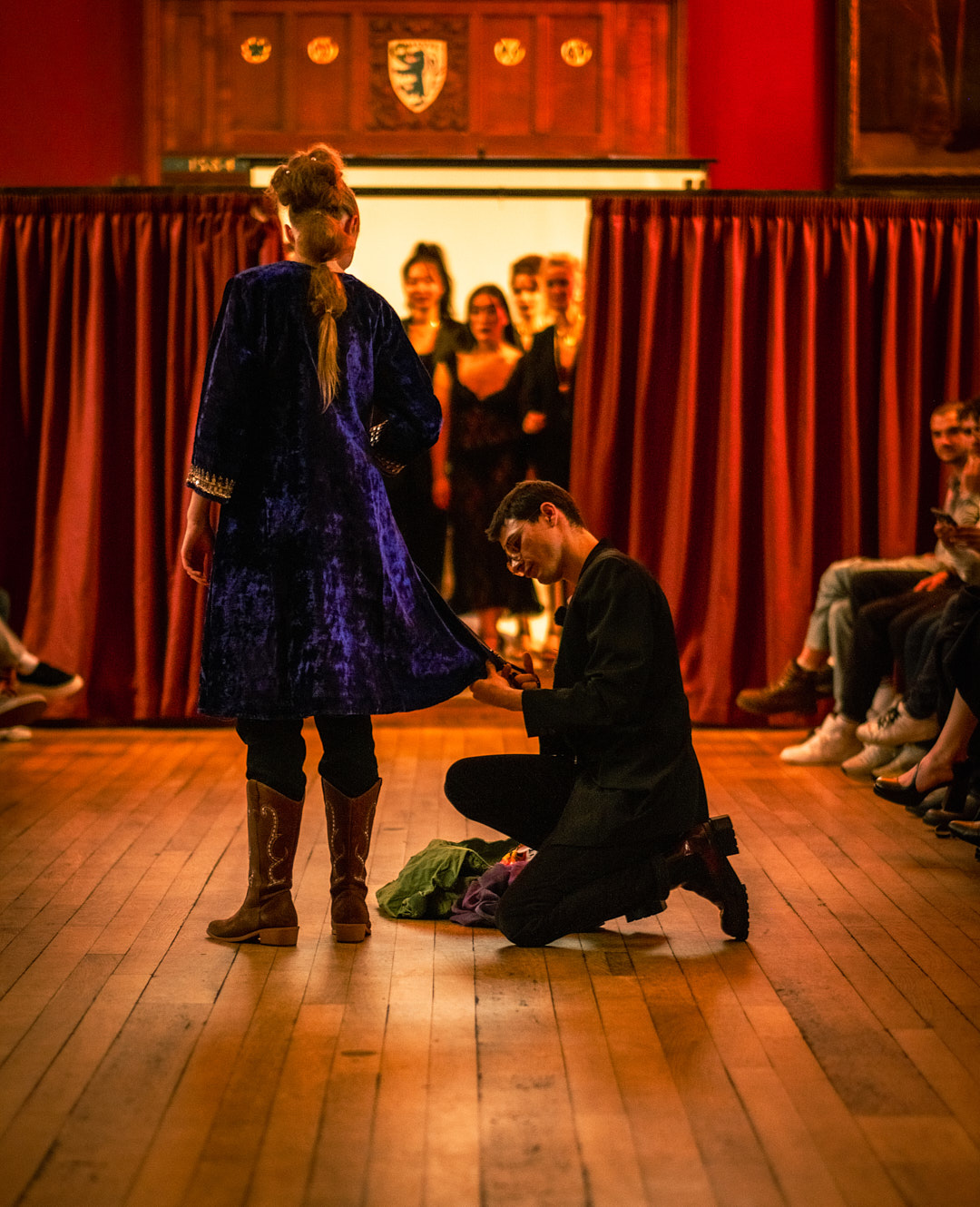
Cambridge’s Emmanuel College has a storied history. One of the constituent colleges of the irreverent University of Cambridge, it was founded in the 16th century by Elizabeth I’s Chancellor on the ruined site of a Dominican friary, razed during her father’s iconoclastic (literally) Dissolution of the Monasteries. It was where John Wallis, the inventor of the infinity sign, studied in the 17th century; where three Nobel Prize winners once called home. And it is recently where Cambridge-based fashion designer Cosmin Diaconu held his debut fashion show for his locally-based brand, RetroGusto.
In the world of fashion, Cambridge is not just provincial; it is desolate. However, Cosmin, who has spent his design career finding diamonds in the rough, taking charity-shop items and discarded goods then upcycling them into one-of-a-kind pieces, and is now looking to do so one more time in the staid and ancient town. A homegrown hero of sorts, having moved to the city to complete his BA at its Anglia Ruskin University, Cosmin has chosen to there plant his roots, resisting the gravitational pull that London has for so many young creatives. With this modest collection, he has announced his plans to nourish himself on a supportive local community and to grow, hoping to make broader statements on the industry and its fast-fashion inclinations on the way.
Cold Magazine (CM): Your recent show ended with you coming onto the runway and transforming this luscious purple velvet dress into this deconstructed, punk-ish look while it was still on the model. I have to say, it was quite an impressive way to end a show! Did you get any chances to rehearse that?
Cosmin Diaconu (CD): That’s a funny story actually. As I normally do, the night before the fashion show I was still working on the collection. I wanted to finish with a garment that would make everyone gasp – in my head, that was going to be this moment of me unfastening a Velcro or releasing a strap to reveal something I previously prepared. I wanted a big reveal moment, but I wasn’t able to create something good enough for that. I don’t know what happened but everything I was working on just didn’t feel good enough to finish with, so I gave up on the idea and decided to kill it.
The morning after, while loading the car with the outfits, this purple dress really caught my eye. It must have been the colour with the gold details. I don’t know, it inspired me. All of a sudden I felt that it was hiding something, something I could work with. That dress had been in the studio for months after I found it in a charity shop and, up until that morning, it just wasn’t talking to me. But right there, I decided that it would be my final piece. I knew that was going to be the close of my show. But no, we never even got the chance to rehearse.
CM: Where did the idea for that come from?
CD: As I said, I knew I wanted my show to have a big reveal. And, as it was my first fashion show, I really wanted to show the world who I was as a designer, how I transform old garments into new ones. The day of the show was really stressful but everything was going well, until I realised that the show was going a lot quicker than I had anticipated; we were about fifteen minutes in and we were about to end. I had no choice but to put together a performance.
I liked how organic the moment became. I stepped onto the runway with no goal in mind, just to create. I forgot there were people around me, it felt like I was in my studio alone, breathing life into something forgotten.
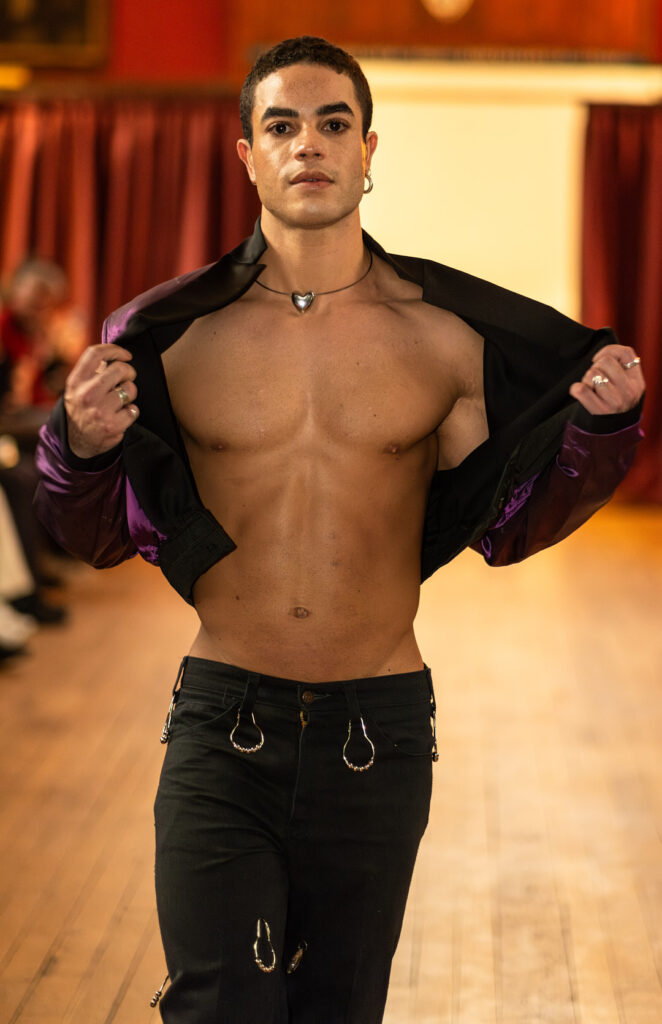
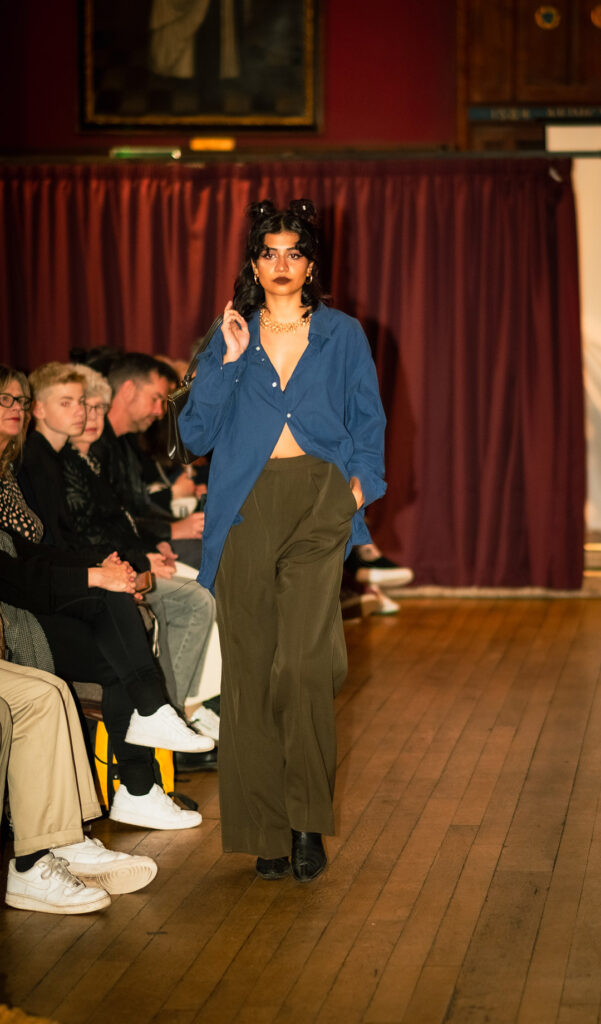
CM: Another motif I noticed from the show was the logo on a lot of the clothing, the little caution sign you had placed onto a lot of the garments. Can you tell me more about that?
CD: I went to Sardinia last summer for a holiday and, while walking around, I noticed they were doing renovation work on lots of buildings. There were caution signs everywhere, meant to make you aware of something happening—most of the time, a danger like falling tools or work in progress.
What caught my eye was how cool they looked, with graffiti and stickers all over them. I snapped a photo, thinking it was visually interesting.
When I got back from Italy, I started working on the poster for the fashion show. I didn’t want it to just announce, “Hey, there’s going to be a fashion show.” I wanted to warn people. Warn them about the “work in progress”, the kind of work that’s going to renovate the fashion industry, one garment at a time.
CM: We’ve spoken before about how you were sort of doing preloved before preloved became a trend, growing up in a poorer home in provincial Romania. What lessons did this teach you?
CM: It taught me to appreciate and value clothes a bit more. You wouldn’t throw away something that is valuable but look into different ways of repairing it, making it last longer if not forever. Why can’t we do this about clothes?
Lots of clothes I used to wear as a kid or teenager were passed down from previous generations. The repairs they once had felt like a design feature to me. They made the clothes feel different, original, like I was wearing something unique.
There was no such thing as waste, everything was reused; if a garment wasn’t wearable anymore my mom would do, we call now “upcycling”, turning it into something new. A t-shirt for instance, could become fabric for fixing other clothes or a cloth to clean a window, and that really influenced my practice.
CM: Do you think it’s time we saw more vintage on the runway?
CD: I think this is long overdue.
Also, there’s so much beauty in the garments from the past. A lot of that is still inspiring designers and fashion houses, so why not have them on the runway, there is so much out there!
CM: That last look especially reminded me of your graduate collection in the way you used shape and colour. Did you feel any of your old influences coming through in this show?
CD: Yes, I did. I recreated the big shoulders a few times and, looking back, lots of colours are repeated from my last collection. I think there is a signature coming through and I cannot wait to see how this evolves in future.
CM: And what was new about this collection for you?
CD: For this collection I only worked with second hand garments. Even the zips, buttons or hardware were from damaged clothes or bags. This was indeed something new. It felt challenging at times, but seeing the result I believe it helped create an original collection.
While designing this collection I also found myself managing a team of 20 people who wanted to help make this vision reality. I still find it hard to believe how supportive each one of them was, all that to make my dream come true. Reflecting on that, it makes me feel so lucky as none of this would have been possible without them. I can’t thank them enough.
Someone called me a powerhouse after the fashion show. I didn’t pay much attention at the time but after a few days it hit me and it made me realise that a fashion designer nowadays can’t just be a fashion designer. They need to be much more, and it made me feel like I have the extra thing that is needed in order to make a positive impact on the fashion industry and on the world.

